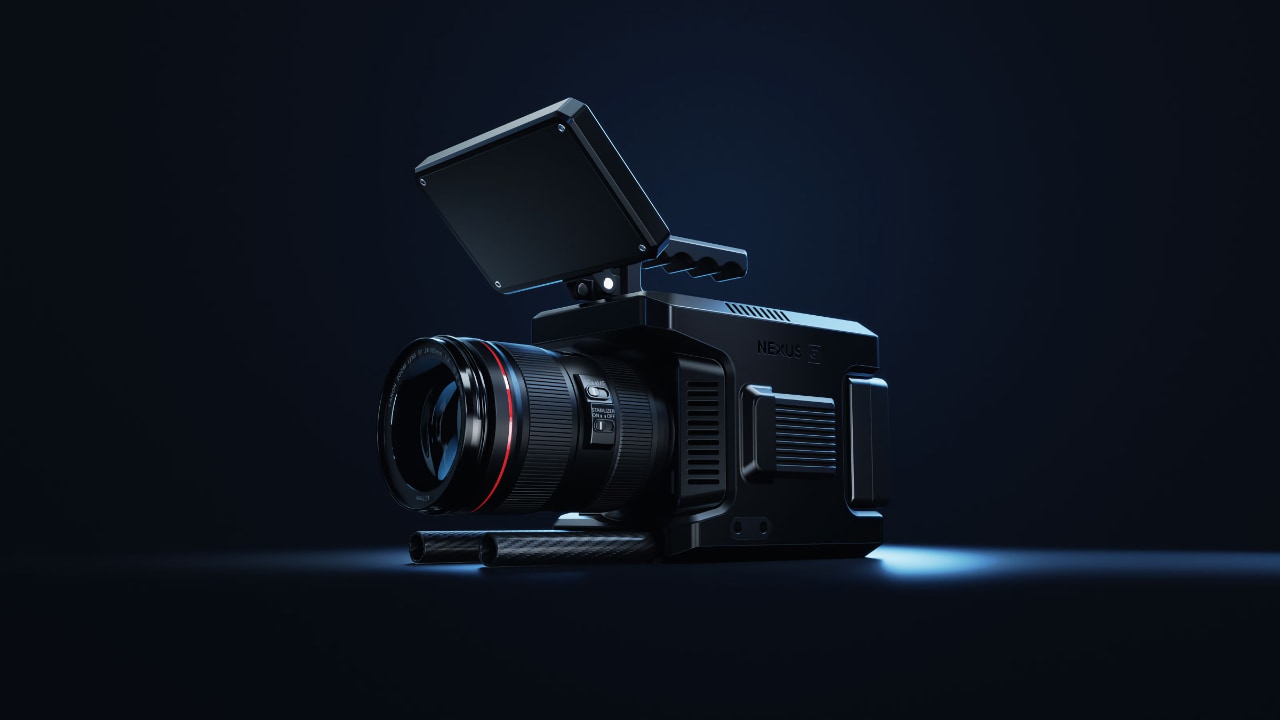
Anyone expecting the forthcoming Nexus G1 Project to be derailed by the launch of the Blackmagic PYXIS box camera is not accounting for the differences between the two.
One of the major stories from NAB to date has been the launch of the Blackmagic PYXIS 6K, which finally puts the Blackmagic technology into an imminently riggable box camera design.
Up against this is one of the main camera stories of the year so far, which has been the huge amount of interest swirling around the Nexus G1 Project. On paper, this promises to do the same sort of thing, and at the same sort of price: take all that Blackmagic gubbins and put it into a box-shaped form factor.
However, when you look at the details, there are big differences.
“At first I thought it may be like the Nexus, and that all of our requests to Blackmagic for a streamlined, affordable run and gun box form factor cinema camera had finally been answered!” Writes Nexus main man, Thomas Bolland. “But after reviewing the Pyxis, unfortunately it is clear to me that it isn't what I've been waiting for.”
He likens the PYXIS to more of a cut-down Ursa rather than what the G1 is looking to do, reasoning that it’s not going to be built for run-and-gun but is more of an ENG camera that lives on the shoulder, or a conventional studio camera.
“This is evident because of the fact there is no built in Monitor or HDMI output port (which means you can’t use the camera without a professional SDI monitor), and the only way to control the camera when handheld is on the fixed screen on the side,” he says. “There is no grip to control even basic settings, and no way to attach a handle to the left side of the camera for handheld.”
There are more differences too.
“There is no option to have internal ND filters, there is no 120 fps 2.8K (only 1080p), there is no ProRes recording, there is only one XLR port, you can't use the original Blackmagic pocket EVF (only the $1,695 Ursa Cine EVF), there is no SDI switcher control, the camera only accepts an uncommon type of battery (BPU) that not many other devices use, and the cooling vents are on the top of the camera wide open to the sky – which is problematic for uncontrolled filming environments.”
So, that’s some definite clear water between the two. And for those that thought the official box camera might scupper the development of the unofficial (though officially blessed) one, nothing could be further from the truth.
“We have received a lot of messages and comments from people asking our view of the Pyxis,” says Bolland. “For the above reasons we see it’s clear that the Pyxis is a different camera for a different application to the Nexus – the Pyxis isn’t the camera we would buy for our small commercial film productions, so the Nexus project is a must.”
And he finishes off with a small update on the new camera’s development.
“Lately we haven't been able to dedicate as much time as we'd like to project updates, as we have been working intensively on the Micro-Four-Thirds (MFT) Positive Lock mount. We are excited to announce that we have developed an entirely new type of positive lock mechanism that locks rock solid, is super low profile (which allows us to fit an ND filter behind it!), is easier to use, and mechanically cooler!”


Comments